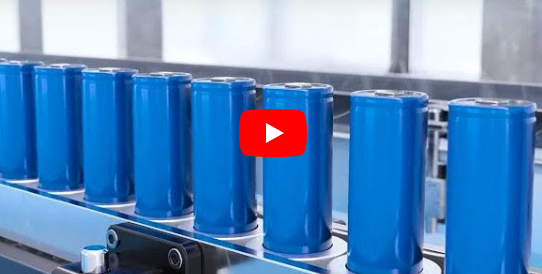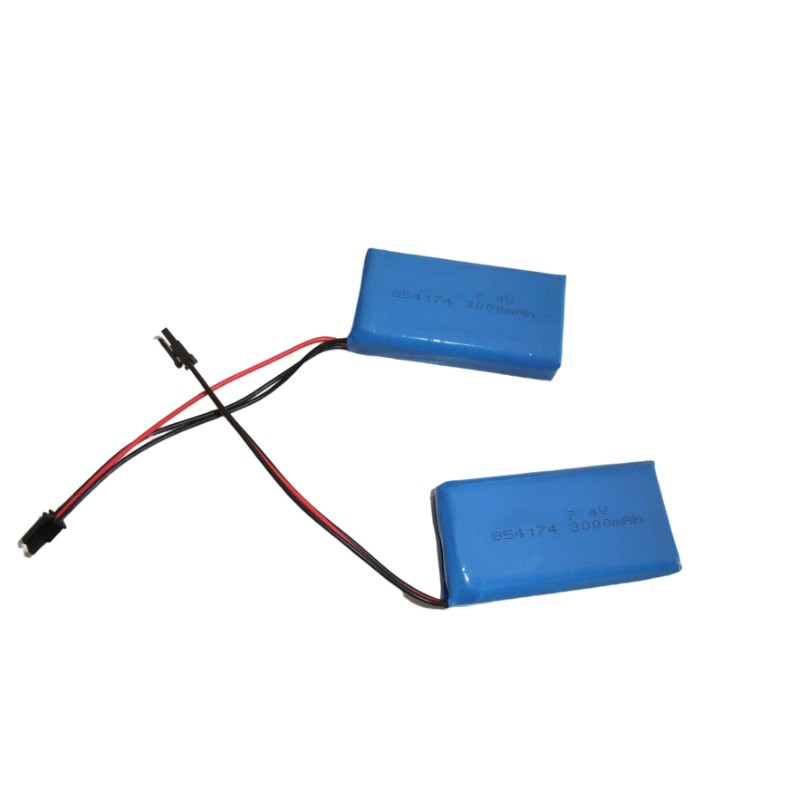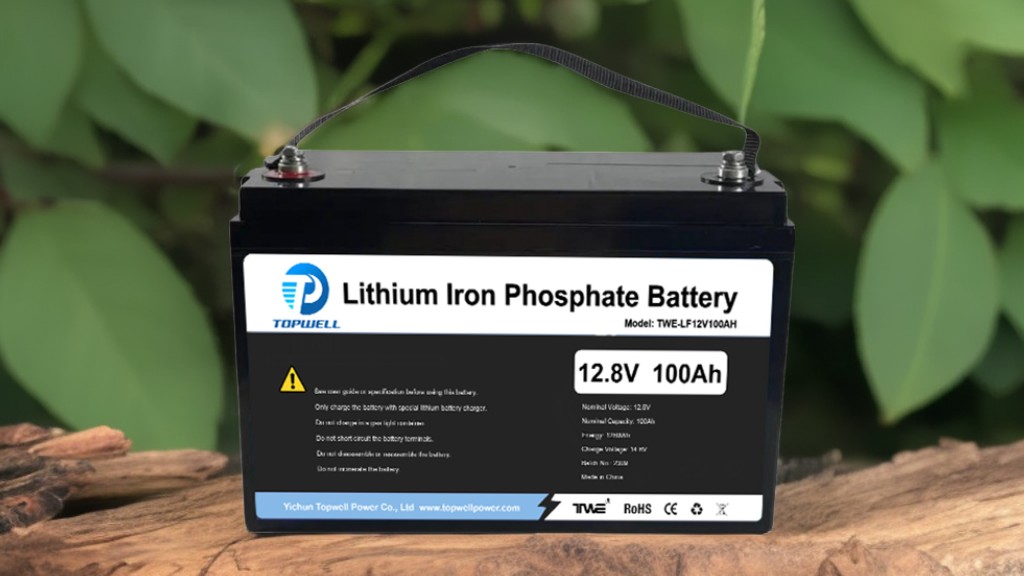The rapid growth of installed capacity has made the
energy storage system (ESS) field a new battlefield for battery manufacturers. For battery companies, whether they are exploring diversified markets other than electric vehicles or focusing on energy storage, ESS is a strategic blue ocean that cannot be ignored. Considering the intensified progress towards carbon neutrality, the energy storage market will be very prosperous in the next 10 years.
Based on the research and understanding of the market, we have paid attention to three main trends in the development of energy storage technology.
The chart below shows that strong growth and specific requirements will drive the ESS battery market to become increasingly independent.

The focus of EV batteries is to increase energy density to increase range and shorten charging time, while the focus of ESS batteries is cost, durability and storage time. Stationary batteries need to compete on price with traditional peaking and FM technologies. They also need a longer service life of up to 10,000 charging cycles -- three times that of an electric car battery. In addition, the demand for longer duration ESS applications is also increasing.
Policies will also affect the differentiation of the battery market. In the US, the provisions of the Reduce Inflation Act grant an additional 10% investment tax credit to ESS projects that are at least 40% domestic (rising to 55% in 2029). In contrast, EV batteries have much stricter requirements for critical mineral sourcing and require traceability.
This will increase production costs and drive separation of battery supply in the ESS market to avoid unnecessarily increasing the price of ESS batteries.
New technologies such as advanced silicon-based and lithium metal anode technologies and all-solid-state batteries aim to increase energy density. Therefore, they will prioritize applications in the electric vehicle and consumer electronics markets.
In contrast, the development of batteries for energy storage applications focuses on the specific needs of the industry.
Lithium iron phosphate (LFP) cathode technology is rapidly gaining popularity in the ESS market, thanks to its safety properties, long cycle life, and abundance (and thus lower cost) of iron and phosphate raw materials.
Another technology that is advancing rapidly in terms of commercialization and has an attractive prospect for stationary storage applications is the sodium-ion (Na-ion) battery. Sodium-ion batteries work similarly to lithium-ion (Li-ion) batteries, but may not be as sensitive to rising lithium, cobalt and nickel prices as LFP.
Cost reductions are driving innovation in
ESS battery sizes and formats
Finally, the development of battery size and form is also developing rapidly in the ESS market. One meaningful way to reduce costs is to increase the capacity and size of batteries. This reduces the number of system components, lowers the bill of materials (BOM) cost, simplifies assembly and integration, and eases the burden on the battery management system (BMS).
280Ah (ampere hours) has become the new standard for LFP batteries in grid-scale applications, with capacities up to 560 Ah and cycle life up to 12,000 cycles. However, larger batteries require higher manufacturing capacity and have implications for safety management.
The following graphs illustrate the evolution of capacity and cycle life of LFP batteries for ESS

In terms of battery format, prismatic cells are currently dominating grid-scale ESSs, mainly because they are favored by Chinese battery manufacturers. They save space but are expensive to manufacture and die relatively quickly due to inefficient thermal management.
In contrast, cylindrical batteries are relatively safe, cheap and easy to manufacture, and run economically due to their long life. Their shape causes cavities to form between cells in a battery pack, reducing volumetric energy density. However, this is less of an issue for ESS applications than EVs. We predict that the latest generation of larger cylindrical 46xx LFP cells will be used in various energy storage markets over the next decade.


 LiPo Batteries and Sustainability: Navigating Environmental Impact
LiPo Batteries and Sustainability: Navigating Environmental Impact
 From Concept to Market: The Manufacturing Process of LiPo (Lithium Polymer) Batteries
From Concept to Market: The Manufacturing Process of LiPo (Lithium Polymer) Batteries
 LiPo Batteries and Sustainability: Navigating Environmental Impact
LiPo Batteries and Sustainability: Navigating Environmental Impact
 Exploring the Advantages and Applications of Lithium Iron Phosphate Batteries
Exploring the Advantages and Applications of Lithium Iron Phosphate Batteries